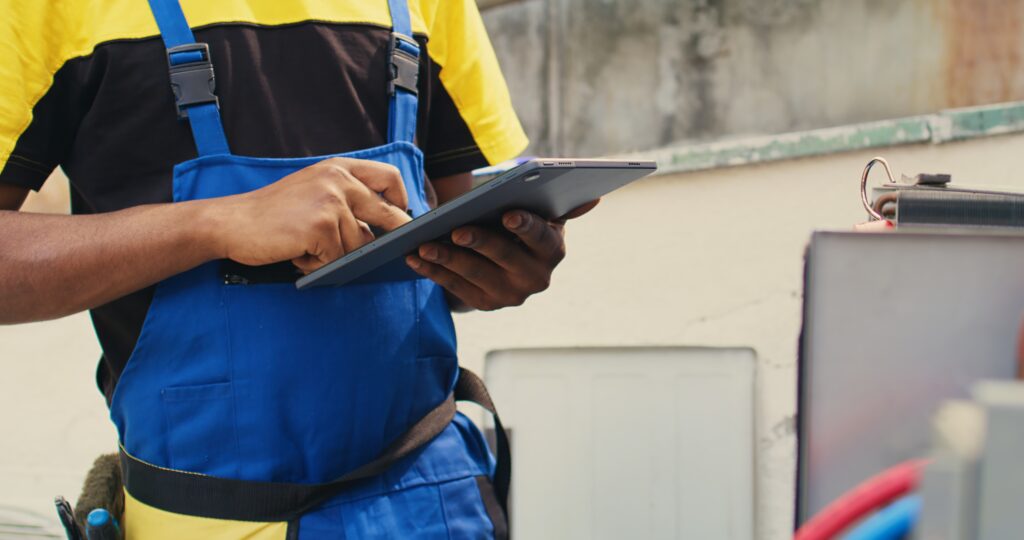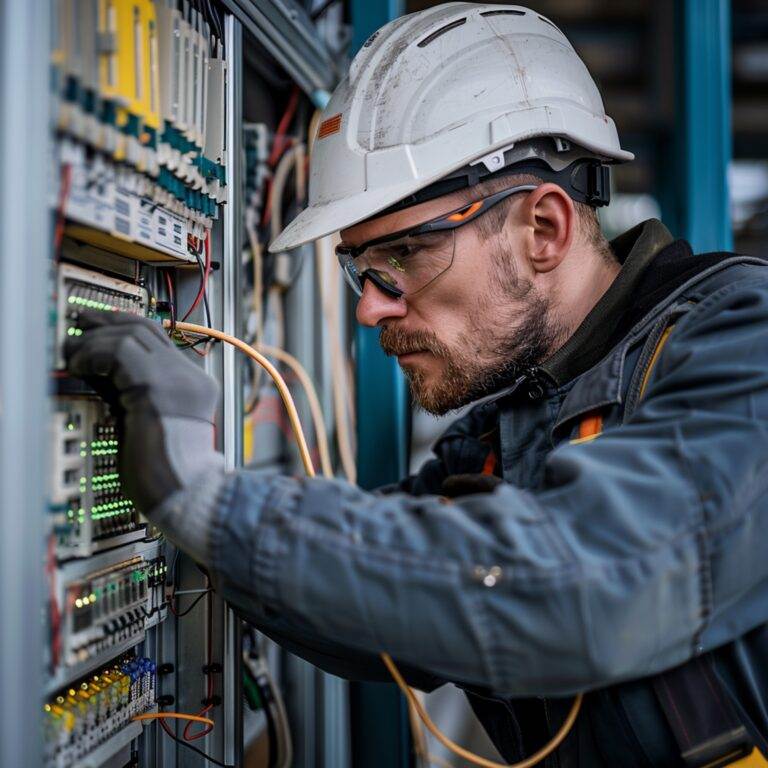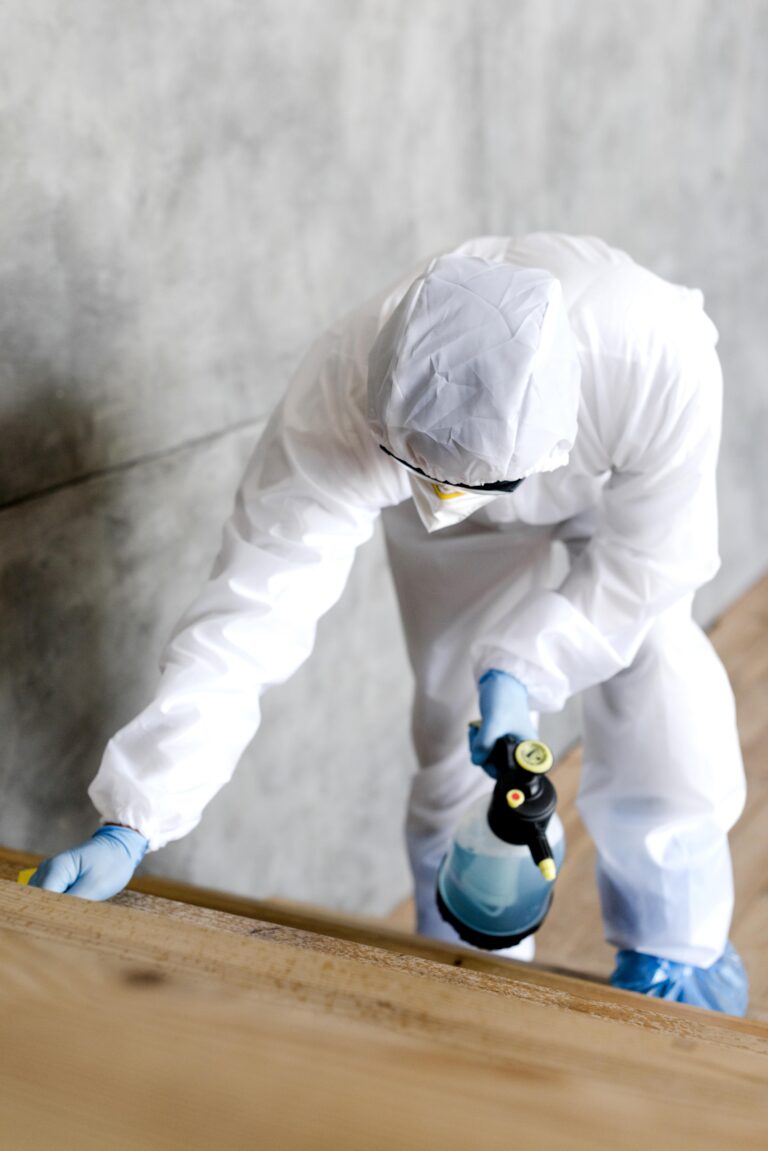Heating, ventilation, and air conditioning (HVAC) systems are essential for maintaining comfortable indoor environments, especially in the diverse climate of Northern California. However, these systems can also be significant contributors to energy consumption and greenhouse gas emissions. To encourage businesses to adopt more energy-efficient HVAC solutions, various rebate programs have been established.
These rebates are designed to offset the costs associated with upgrading to energy-efficient systems, making it financially viable for businesses to invest in sustainable technologies. HVAC energy rebates can vary widely depending on the specific program and the type of system being installed. Generally, these rebates are offered by utility companies or government agencies aiming to promote energy efficiency and reduce overall energy demand.
By understanding the intricacies of these rebate programs, businesses can take advantage of financial incentives that not only lower their operational costs but also contribute to a greener environment.
Key Takeaways
- HVAC energy rebates can help businesses save money and reduce energy consumption
- East Bay businesses must meet certain eligibility requirements to qualify for HVAC energy rebates
- Rebates typically cover various types of HVAC systems, including air conditioners, heat pumps, and more
- Applying for HVAC energy rebates involves submitting necessary documentation and following specific guidelines
- Upgrading to energy-efficient HVAC systems can lead to cost savings and environmental benefits for businesses
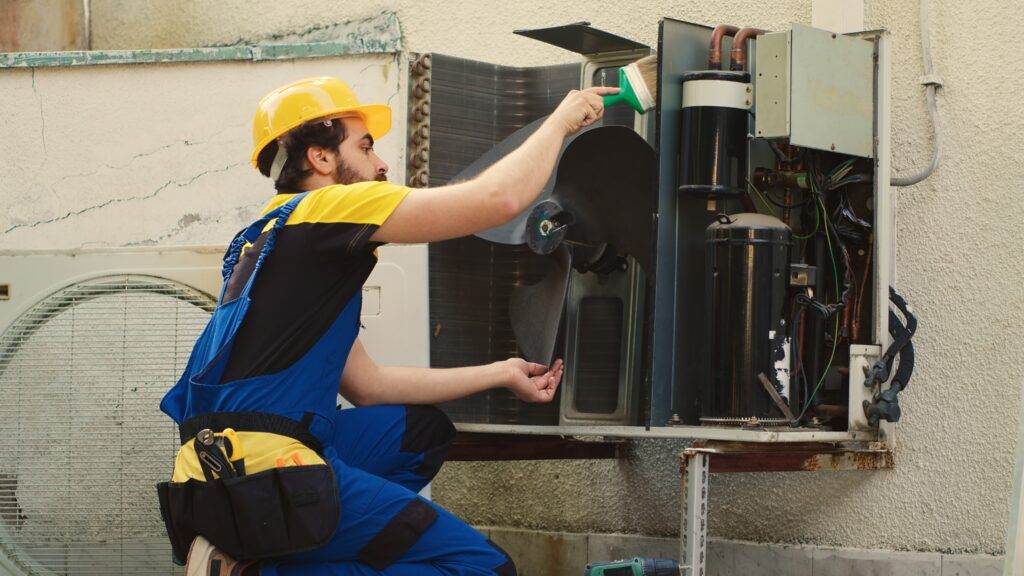
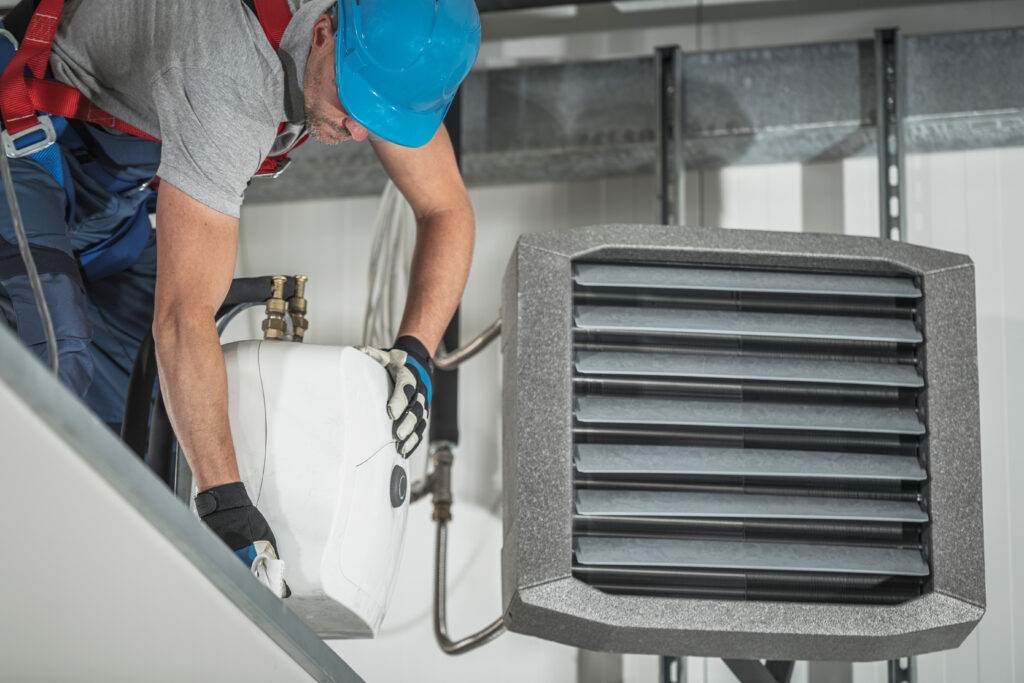
Eligibility Requirements for East Bay Businesses
In the East Bay region, eligibility for HVAC energy rebates typically hinges on several factors, including the type of business, the existing HVAC system, and the proposed upgrades. Most programs are aimed at commercial entities, which may include retail stores, offices, warehouses, and manufacturing facilities. To qualify, businesses often need to demonstrate that they are replacing an outdated or inefficient HVAC system with a new, energy-efficient model that meets specific performance criteria.
Additionally, businesses must usually be customers of the local utility provider to be eligible for rebates. This means that companies must have an active account with the utility company that administers the rebate program. Furthermore, some programs may require businesses to conduct an energy audit or assessment before applying for rebates.
This step ensures that the proposed upgrades will lead to significant energy savings and align with the goals of the rebate program.
Types of HVAC Systems Covered by Rebates
The types of HVAC systems eligible for rebates can vary significantly based on the specific program and its objectives. Generally, businesses can expect rebates for a range of systems, including high-efficiency air conditioning units, heat pumps, and advanced heating systems such as condensing boilers. These systems are designed to operate more efficiently than traditional models, resulting in lower energy consumption and reduced utility bills.
In addition to standard HVAC units, some rebate programs may also cover ancillary equipment that contributes to overall system efficiency. This can include programmable thermostats, variable speed drives, and advanced control systems that optimize HVAC performance based on real-time conditions. By investing in these technologies, businesses not only enhance their operational efficiency but also position themselves to take full advantage of available rebates.
How to Apply for HVAC Energy Rebates
Applying for HVAC energy rebates typically involves a multi-step process that requires careful attention to detail. The first step is to research available rebate programs in the East Bay area and identify which ones align with the planned HVAC upgrades. Once a suitable program is identified, businesses should review the specific application requirements and guidelines provided by the utility company or agency administering the rebate.
After gathering the necessary information, businesses can proceed with their HVAC upgrades. It is crucial to work with licensed contractors who are familiar with the rebate process and can ensure that installations meet all required specifications. Once the installation is complete, businesses can fill out the rebate application form and submit it along with any required documentation.
Timeliness is essential; many rebate programs have deadlines for submission that must be adhered to in order to secure funding.

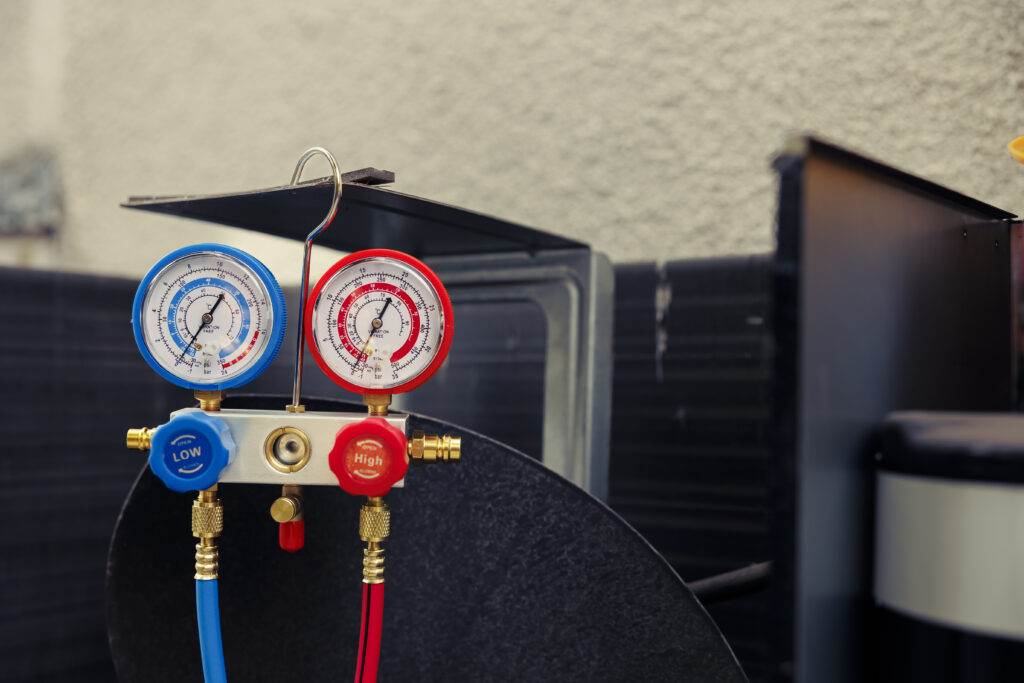
Documentation Needed for Rebate Applications
Documentation plays a critical role in the rebate application process. Businesses will typically need to provide proof of purchase for the new HVAC system, which may include invoices or receipts from the contractor or supplier. Additionally, detailed specifications of the installed equipment may be required to demonstrate compliance with energy efficiency standards set forth by the rebate program.
In some cases, businesses may also need to submit documentation related to their existing HVAC system, such as age and performance data. This information helps verify that the upgrade is necessary and aligns with the goals of reducing energy consumption. It is advisable for businesses to keep meticulous records throughout the process to ensure a smooth application experience.
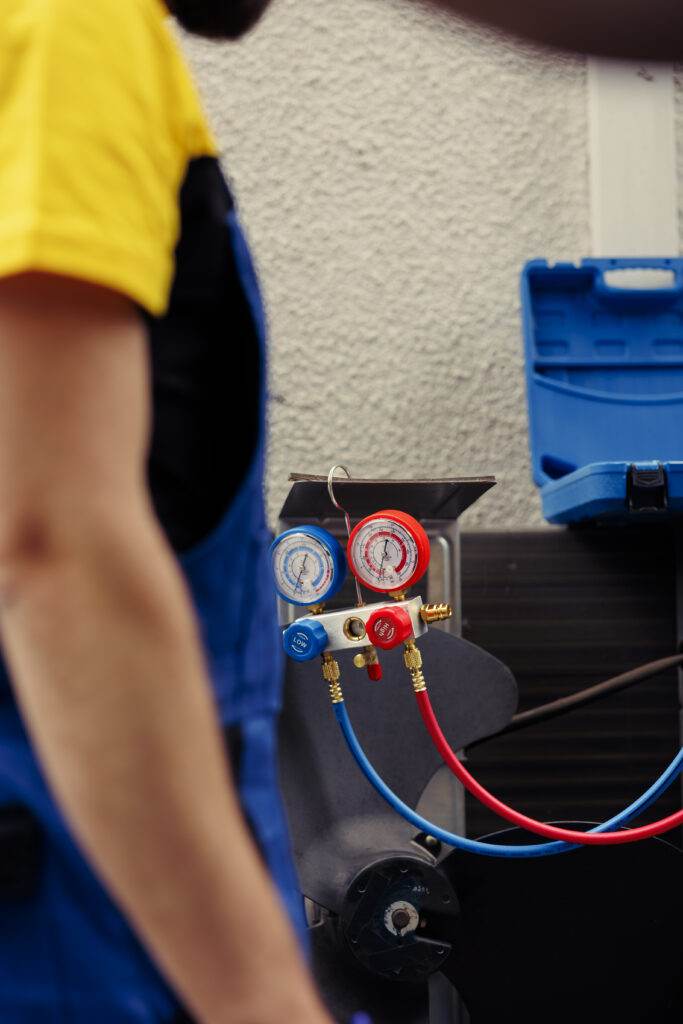
Benefits of Upgrading to Energy-Efficient HVAC Systems
Upgrading to energy-efficient HVAC systems offers numerous benefits beyond just financial savings through rebates. One of the most significant advantages is reduced energy consumption, which translates into lower utility bills over time. Energy-efficient systems are designed to use less power while providing the same level of comfort, making them a smart investment for any business looking to improve its bottom line.
Moreover, energy-efficient HVAC systems often come with enhanced features such as improved air quality control and quieter operation. These benefits contribute to a more comfortable working environment for employees and customers alike. Additionally, by investing in sustainable technologies, businesses can enhance their corporate social responsibility profile and appeal to environmentally conscious consumers.
Case Studies of Businesses that Have Benefited from HVAC Rebates
While specific case studies may vary, many businesses in Northern California have successfully leveraged HVAC energy rebates to enhance their operations. For instance, a local retail store upgraded its aging air conditioning system to a high-efficiency model and received a substantial rebate from its utility provider. The store not only saw a significant reduction in its monthly energy bills but also reported improved customer comfort during peak shopping seasons.
Another example involves a manufacturing facility that replaced its outdated heating system with a modern condensing boiler. The facility qualified for multiple rebates due to its commitment to energy efficiency and sustainability. As a result, it experienced lower operational costs and improved productivity due to better temperature control within its production areas.
Tips for Maximizing HVAC Energy Rebates
To maximize potential HVAC energy rebates, businesses should take a proactive approach throughout the upgrade process. First and foremost, conducting thorough research on available programs is essential. Understanding eligibility requirements and specific rebate amounts can help businesses make informed decisions about which upgrades will yield the highest financial return.
Additionally, working closely with experienced contractors who understand the rebate landscape can streamline the installation process and ensure compliance with all requirements. Businesses should also consider timing their upgrades strategically; some rebate programs may offer higher incentives during certain periods or for specific types of equipment.

Common Mistakes to Avoid When Applying for Rebates
Navigating the rebate application process can be complex, and there are several common pitfalls that businesses should avoid. One frequent mistake is failing to read and understand all application guidelines thoroughly. Each rebate program has unique requirements that must be met; overlooking even minor details can result in delays or disqualification.
Another common error is not keeping accurate records throughout the installation process. Businesses should document every step—from initial assessments to final installations—to ensure they have all necessary information when submitting their applications. Lastly, waiting until after installation to apply for rebates can lead to missed opportunities; many programs require pre-approval before work begins.
Additional Resources for Businesses Interested in HVAC Energy Rebates
For businesses interested in exploring HVAC energy rebates further, numerous resources are available in Northern California. Local utility companies often provide comprehensive guides outlining available programs, eligibility criteria, and application processes. Additionally, state agencies focused on energy efficiency may offer workshops or informational sessions tailored to business owners.
Industry associations and trade organizations can also serve as valuable resources for businesses seeking guidance on energy-efficient technologies and rebate opportunities. Networking with other local businesses that have successfully navigated the rebate process can provide insights and tips that may prove beneficial.
Future Outlook for HVAC Energy Rebates in the East Bay
The future outlook for HVAC energy rebates in the East Bay appears promising as both state and local governments continue to prioritize sustainability initiatives. With increasing awareness of climate change and its impacts, there is likely to be continued support for programs aimed at reducing energy consumption across various sectors. As technology advances and more efficient HVAC systems become available on the market, it is expected that rebate programs will evolve accordingly.
Businesses that stay informed about these changes will be well-positioned to take advantage of new opportunities as they arise. Ultimately, investing in energy-efficient HVAC solutions not only benefits individual businesses but also contributes positively to the broader community by promoting environmental sustainability in Northern California.
FAQs
What are HVAC energy rebates?
HVAC energy rebates are financial incentives offered by utility companies, government agencies, or other organizations to encourage businesses to upgrade to more energy-efficient heating, ventilation, and air conditioning (HVAC) systems.
Who is eligible for HVAC energy rebates in the East Bay?
In the East Bay, businesses of all sizes are typically eligible for HVAC energy rebates. Eligibility criteria may vary depending on the specific rebate program, but generally, businesses that install energy-efficient HVAC equipment or make energy-saving improvements to their existing systems are eligible to apply for rebates.
What types of HVAC equipment upgrades or improvements are eligible for rebates?
Common types of HVAC equipment upgrades or improvements that may be eligible for rebates include the installation of high-efficiency heating and cooling systems, programmable thermostats, energy recovery ventilation systems, and other energy-saving technologies.
How can East Bay businesses apply for HVAC energy rebates?
East Bay businesses can typically apply for HVAC energy rebates through their local utility company or through specific rebate programs offered by government agencies or other organizations. The application process may require businesses to provide documentation of the installed equipment or improvements, as well as proof of energy savings.
What are the benefits of HVAC energy rebates for East Bay businesses?
The benefits of HVAC energy rebates for East Bay businesses include financial incentives to offset the upfront costs of upgrading to energy-efficient HVAC systems, lower energy bills due to reduced energy consumption, and a positive environmental impact through reduced greenhouse gas emissions.
